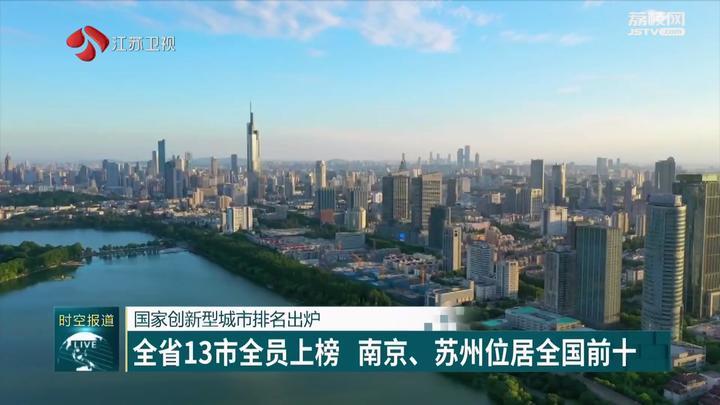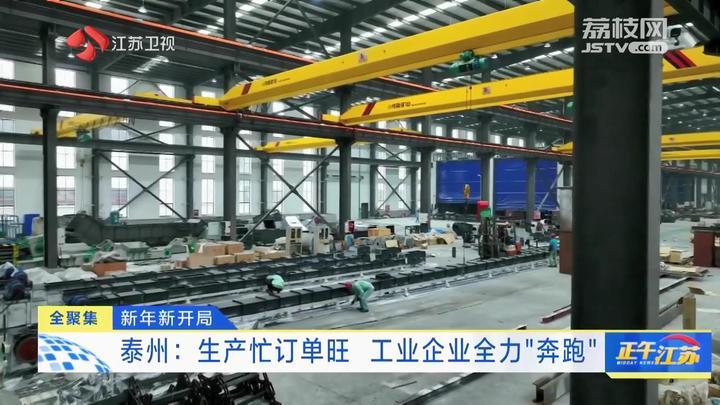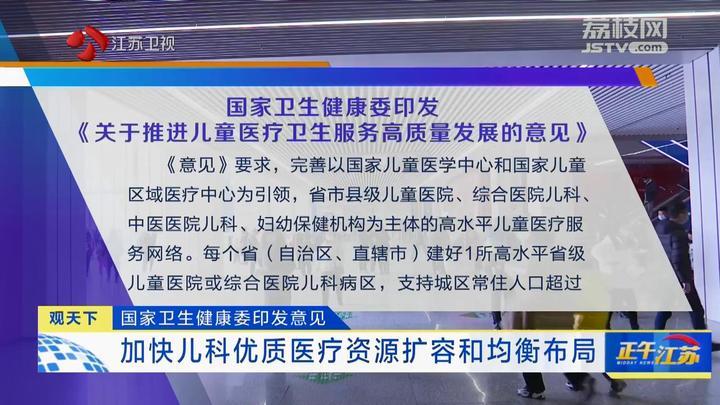Jiangsu promotes integrated development of intangible cultural heritage, tourism
East China's Jiangsu province has given full play in recent years to its advantages in rich cultural and tourism resources, promoting the integration and development of intangible cultural heritage and tourism, allowing more and more tourists to approach and understand the intangible cultural heritage, and promoting better inheritance of intangible cultural heritage through systematic protection.

On the ancient canal in Yangzhou, young performers of the folk opera performed on a boat one by one during evening hours. Appreciating the melodious melody and admiring the dazzling night scenery on both sides, tourists immersed themselves in the profound historical and cultural heritage of the ancient city of Yangzhou.
"This melody is particularly beautiful and gives people a feeling of being particularly agile and refreshing," said a tourist from Beijing.
"The night tour of Grand Canal in Yangzhou is very good and attractive," said a tourist from Hebei.
The combination of intangible cultural heritage and tourism has enabled 58 A-level scenic spots in Yangzhou to receive over 6 million tourists in March, allowing tourists to experience both the natural scenery and the cultural charm of Yangzhou's intangible cultural heritage.
"We have promoted the deep integration of cultural tourism and intangible cultural heritage, striving to give intangible cultural heritage more development space in scenic areas, more platform carriers, and more interaction with tourists, so as to better inherit intangible cultural heritage," said Shen Bohong, Secretary of the Party Working Committee of the Shugang-Slender West Lake Scenic Area in Yangzhou.
Jiangsu currently has over 29 thousand intangible cultural heritage resource projects, including 11 projects listed on the UNESCO Intangible Cultural Heritage List, 162 national intangible cultural heritage projects, and 178 national intangible cultural heritage inheritors.

In recent years, Jiangsu has broken through time and space limitations by incorporating various forms of intangible cultural heritage exhibitions into all elements of scenic tourism, allowing tourists to experience and share the charm of intangible cultural heritage throughout the scenic areas so as to promote the integration of intangible cultural heritage with research tourism and health tourism, create tourism routes with distinctive intangible cultural heritage characteristics, and integrate the beauty of intangible cultural heritage into people's lives.
At the same time, Jiangsu has organized intangible cultural heritage shopping festivals, rural tourism festivals, and cultural tourism consumption promotion seasons, promoting the popularity of intangible cultural heritage projects such as Suzhou embroidery, Yixing purple-clay pottery, and Yangzhou lacquerware, and enhancing the influence of Chinese civilization dissemination.
"The integrated development of intangible cultural heritage and tourism in Jiangsu deserves more people to learn from. I hope that the inheritance and protection of intangible cultural heritage will be more open by introducing more cultural, creative, artistic, and technological functions, so that tourists can see our long-standing historical culture and our excellent traditional culture," said Dai Bin, President of the China Tourism Research Institute.







